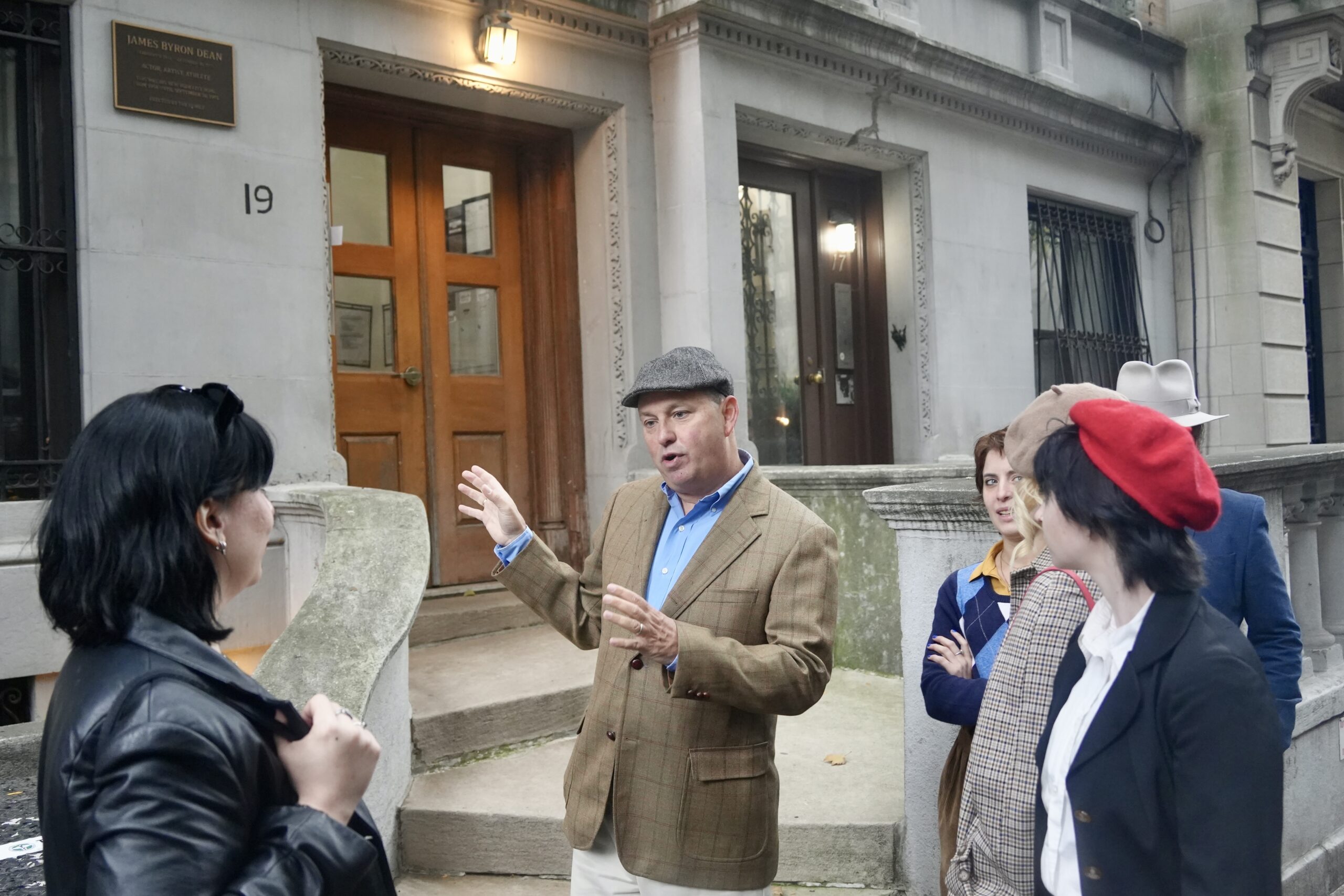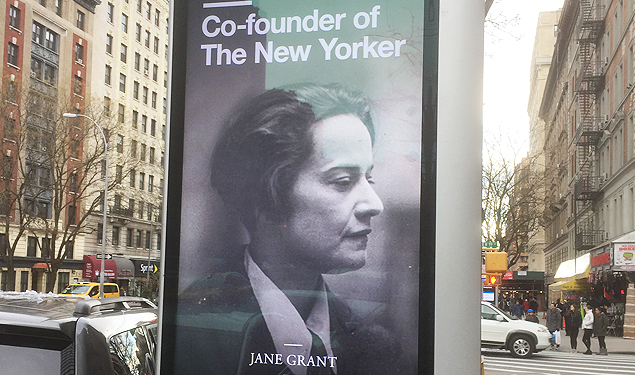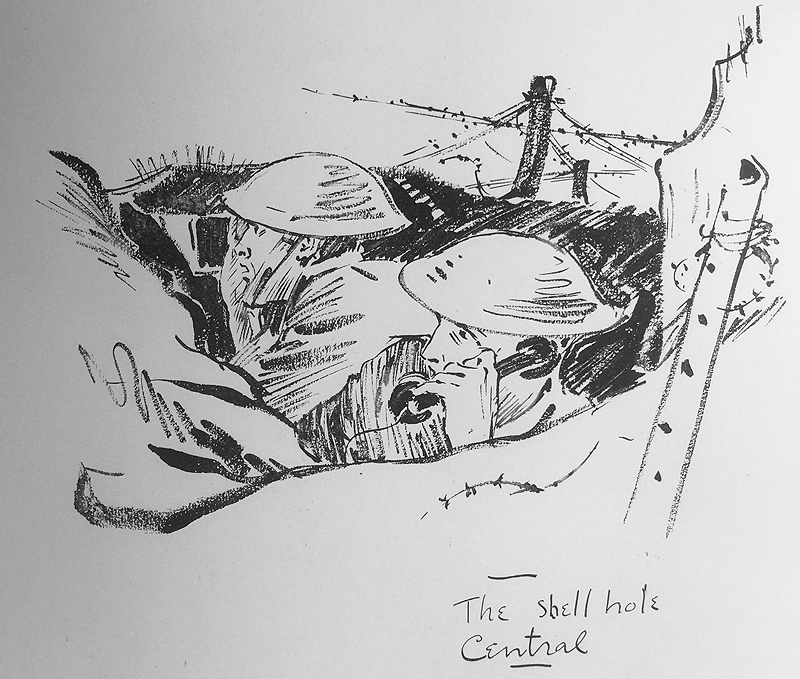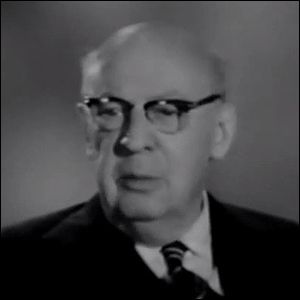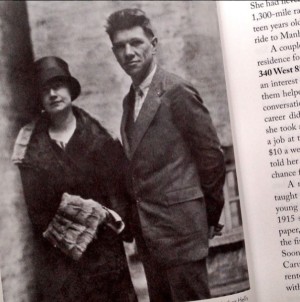February 21 is the centennial of the cover date of the first issue of The New Yorker. It is also International Tour Guide Day. So I am going to be offering my two most popular walking tours to celebrate. Yes, these are […]
It is Women’s History Month. Who celebrates Jane Grant as the co-founder of The New Yorker? Was it, perhaps, The New Yorker? Or newyorker.com? Or another Condé Nast publication, such as Vanity Fair or Vogue? You’d be wrong in every case, just […]
In thirty days is the centennial of American entry in World War I on April 6. To mark the occasion, beginning today I am going to post a daily countdown with a different sketch by Private C. LeRoy Baldridge. He was a […]
A new video surfaced recently that’s just sensational to watch for anyone that adores the 1920s and the Algonquin Round Table era. It is called New York in the Twenties, and first aired on American TV in 1961. This has to be […]
Everyone is jumping up and down to celebrate (well, the nerds I follow), about The New Yorker turning 90 today. In every story Jane Grant gets left out. In my book and on my walking tour I say what her husband, Harold […]
Letter from Harold Ross of The New Yorker to Frank Sullivan, both were Vicious Circle members. What I find ironic is now The New Yorker will use this language regularly. He also mentions John O’Hara. This is some of the research from […]
